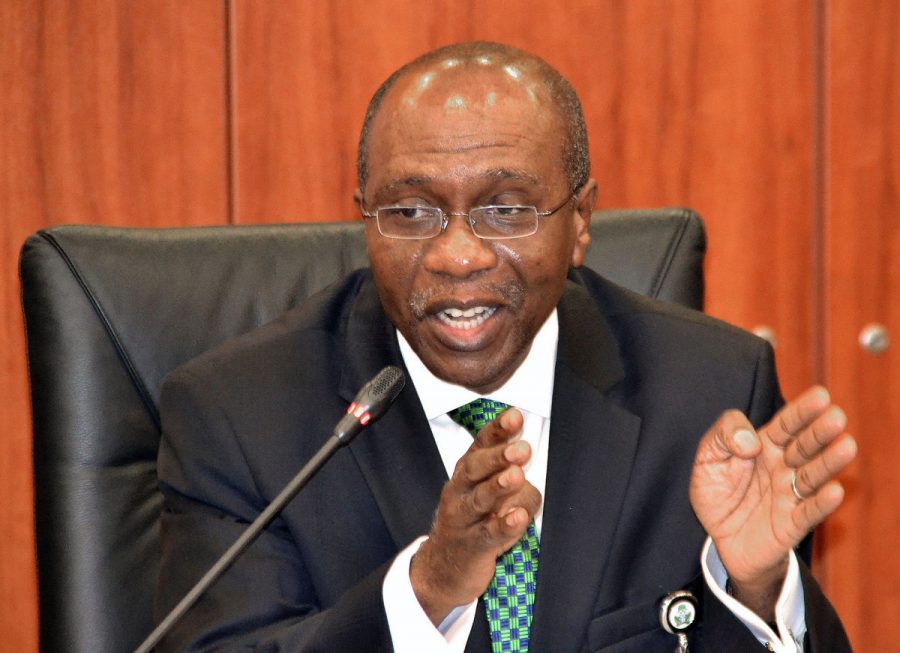About two million pilgrims have made the symbolic stoning of the devil in Mecca, the last rites of the annual pilgrimage.
The ceremony heralds the start of the Eid Al Adha feast, according to Gulf News
Muslims on the annual hajj pilgrimage, one of the five pillars of Islam, made their way across the Mina valley of the western Saudi Arabian Makkah province, many carrying pebbles in plastic bottles.
Pilgrims clad in white threw seven stones each at a pillar symbolising satan, shouting “Allahu akbar” (“God is greatest”) under the watchful eyes of security forces.

Large fans sprayed water over the crowd as temperatures climbed to 44 degrees Celsius.
“Thank God it hasn’t been too crowded this year. There hasn’t been a big rush,” said Mohammea Osman, 27, who regularly attends hajj.
Mina was the site of a 2015 stampede which saw more than 2,300 pilgrims crushed or suffocated to death.
Authorities have since reinforced more stringent safety and security measures.
“We are under God’s protection,” said May Khalifa, a 37-year-old Egyptian Muslim living in Riyadh.
“Despite the exhaustion, I’m enjoying my first hajj,” she said, lifting her small bag of stones.
Roads from Muzdalifah – another holy site where pilgrims spent Monday night – to Mina were littered with plastic water bottles as sanitation workers scrambled to remove them.
Bangladeshi Moueeneddine Ahmad, 35, complained of the scorching heat but said he was “very excited” to take part in the stoning of the devil ritual.
In keeping with customs he said he would then “shave his head” and trade the white seamless robe he wore for the hajj for his “normal clothes”.
Ahmad also praised the Saudi government for keeping the peace throughout the hajj.
“There’s a lot of security. Very disciplined,” he said.
Tens of thousands of security forces, including police and civil defence, have been deployed for hajj, according to Saudi authorities.
Saudi Arabia’s King Salman made the trip to Mina on Tuesday and was seen on state-run television observing worshippers from the window of a high-rise.
And in a rare move he took to Twitter to say it was a “great honour” to welcome the pilgrims to Saudi Arabia.
The hajj is one of the world’s largest Muslim gatherings and drew this year nearly 2.4 million pilgrims to Saudi holy sites.
The hajj retraces the steps of the Prophet Mohammad (PBUH) on his last pilgrimage to Makkah.
It is one of the five pillars of Islam which every Muslim is required to complete at least once in their lifetime if they are healthy enough and have the means to do so.
Muslim tradition holds that pilgrims must throw seven stones at a pillar representing satan on the first day of Eid Al Adha, which comes after two days of prayer and meditation.
Muslims traditionally slaughter sheep for the three-day Eid Al Adha, a tribute to the prophet Abraham’s sacrifice of a lamb after God spared Ishael, his son.
They will consume some of the meat and give the rest to poor people unable to buy food.
Pilgrims can purchase coupons from the Saudi government, which organises the slaughter and freezing of the meat to avoid public health problems.
Revenues from the coupons are considered “zakat”, or a charity donation, another pillar of Islam.






2 Comments